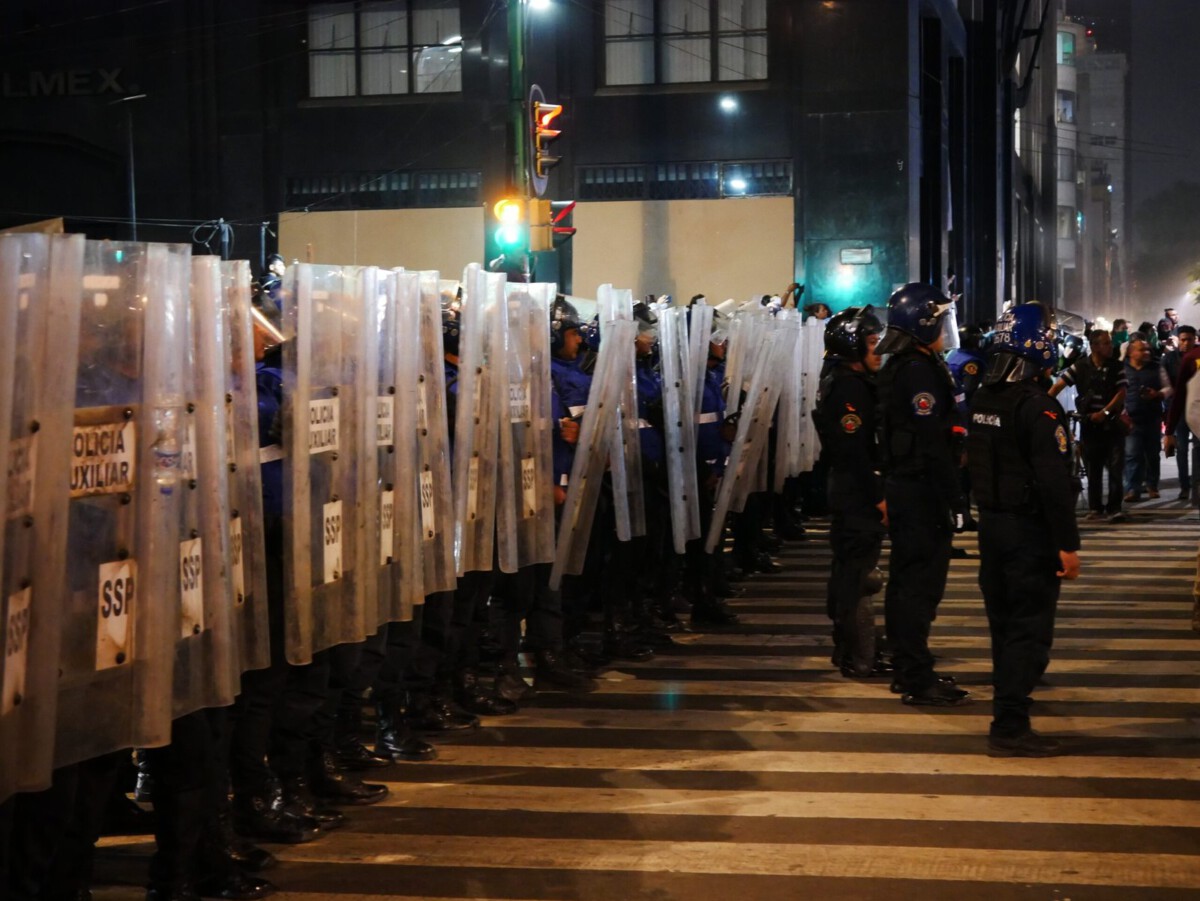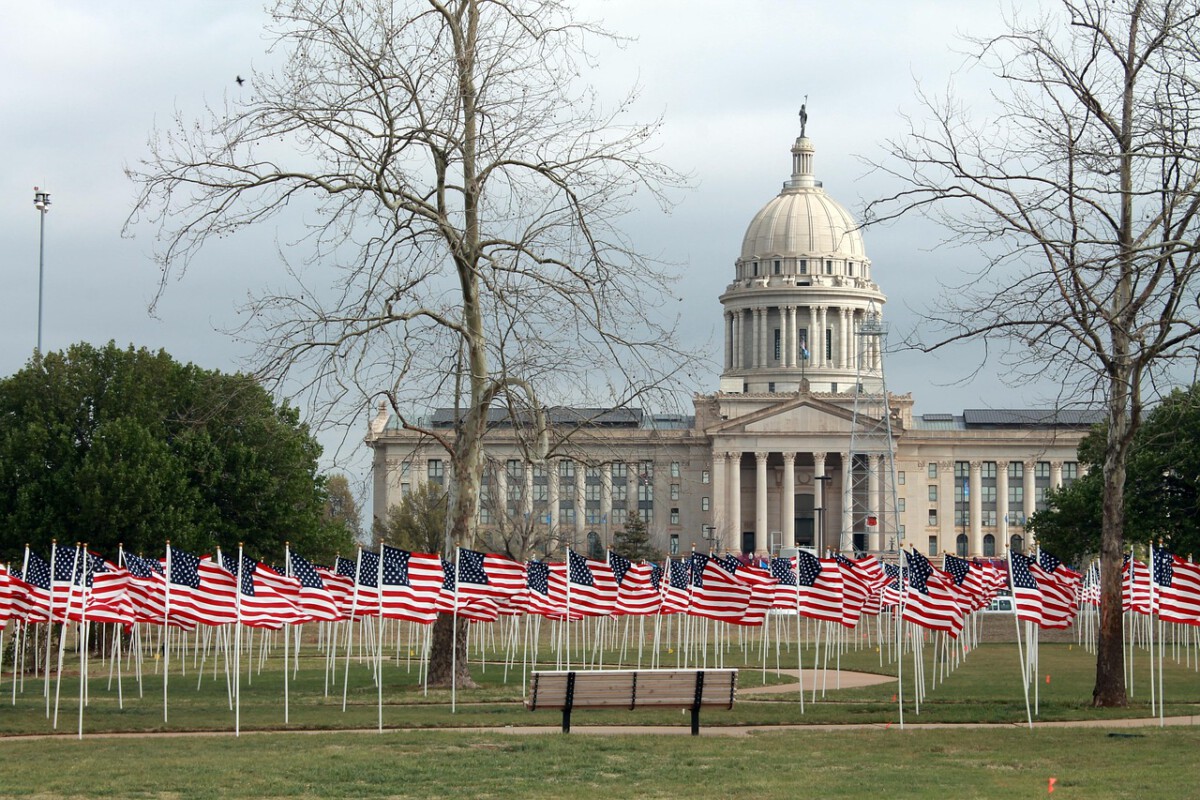Overview of Violence in Mexico

Mexico’s reputation as a vibrant, must-see destination has taken a shocking turn in recent years, with violence surging to levels not seen in decades. According to the National Institute of Statistics and Geography (INEGI), 2023 saw over 30,000 homicides across the country, many tied to organized crime and cartel activity. This uptick in violence is not just a statistic—it’s a daily reality that’s rippling through the country’s most beloved vacation spots. Communities that once thrived on tourism are now living with uncertainty and fear. The tourism industry, which makes up nearly 8% of Mexico’s GDP, is feeling the pressure as visitor numbers dwindle in areas plagued by crime. Families who relied on steady tourist income now face job losses and financial instability. Many travel advisories have been updated to warn about increased risks, even in areas previously considered safe. The sense of security that drew millions to Mexico’s beaches and cities is being shaken to its core.
Cancun: A Popular Destination Under Siege

Cancun, long known for its turquoise waters and electric nightlife, is now making headlines for a different reason: a steep rise in violent incidents. Reports from 2024 point to a 25% increase in violent crime in Quintana Roo, the state that includes Cancun. This isn’t just background noise—tourists have experienced robberies, assaults, and even stray bullets from cartel disputes. The authorities have deployed more police and set up new security cameras throughout the Hotel Zone, but there is a lingering sense of unease. Some hotels have even introduced private security checkpoints at their entrances to reassure guests. According to industry surveys, bookings from American and European tourists have dropped by nearly 18% compared to 2022. Local bar owners and taxi drivers speak openly about the downturn, with one restaurateur saying, “It’s not just business—it’s our way of life that’s at risk.” Despite the government’s efforts, the shadow of violence threatens to redefine Cancun’s image.
Tulum: From Paradise to Peril

Tulum, the bohemian jewel of the Riviera Maya, has become a symbol of paradise lost. Violence linked to drug trafficking erupted in 2023, with rival gangs bringing their turf wars into the heart of the tourist zone. Several high-profile shootings in bars and on the beach left both locals and tourists caught in the crossfire. Authorities responded with curfews and a larger police presence, patrolling the once-peaceful streets day and night. Yet, travelers are rethinking their dream vacations, as shown by a 2024 Mexican Tourism Board survey in which 40% of potential visitors named safety in Tulum as a top concern. Yoga retreats and eco-resorts that once promised tranquility now send guests safety guidelines along with their welcome emails. Community leaders have called for more federal resources, emphasizing that Tulum’s economy cannot withstand another year of declining tourism. The fear is palpable, changing the very atmosphere of this once carefree destination.
Acapulco: A City in Crisis

Acapulco’s story is one of stark contrasts—a glamorous past haunted by a violent present. In 2023, the city registered over 1,000 homicides, ranking it among the most dangerous cities worldwide. The violence is not hidden in back alleys; it has spilled onto the beachfront, affecting both residents and visitors. This has led to a dramatic drop in hotel occupancy, plummeting to 40% in 2024 after years of steady rates at 70%. Once bustling boardwalks now feel eerily quiet, with souvenir vendors and boat tour operators lamenting the absence of crowds. The government’s attempts to revive tourism include increased patrols and marketing campaigns, but the wounds run deep. Many international cruise lines have suspended stops in Acapulco, citing security risks for passengers. Locals recall a time when Hollywood stars graced their shores, now replaced by a steady stream of police sirens. The city’s struggle is a stark reminder of the human toll behind the statistics.
Mexico City: Urban Violence Affects Tourism

Mexico City, a metropolis celebrated for its museums, food, and history, is also grappling with a rising tide of violence. The capital saw a 15% spike in violent crime in 2024, including incidents in districts popular with international visitors like Polanco and Roma. Reports of kidnappings, robberies, and even daylight assaults have unsettled both residents and tourists. The government quickly increased police patrols and rolled out emergency hotlines for foreigners, hoping to reassure nervous travelers. In 2023, embassies from the U.S. and Europe updated their travel advisories, warning about specific neighborhoods. According to the city’s tourism board, foot traffic at major attractions like the Zócalo and Chapultepec Park has dropped by nearly 12% year-over-year. Local tour guides share stories of canceled bookings and last-minute itinerary changes driven by safety concerns. The city’s cultural vibrancy remains, but the specter of violence is hard to ignore.
Los Cabos: A Double-Edged Sword

Los Cabos, perched at the southern tip of Baja California, has long been a magnet for luxury travelers and celebrities. Yet, beneath the sparkling facade, the region experienced a 20% jump in crime rates in 2023, much of it linked to drug trafficking gangs vying for control. Headlines about shootings near tourist areas have rattled the community and caused some travelers to think twice. Resorts have responded by ramping up private security and working closely with local law enforcement to keep guests safe. Despite these efforts, stories of carjackings and theft persist, making headlines in both Mexican and international media. The local government has invested millions in security infrastructure, including new surveillance technology and rapid-response patrols. Some hotel chains now offer “safety briefings” as part of their check-in process, a far cry from the carefree image the region once projected. The balancing act between safety and tourism dollars has never been more delicate.
The Impact on Local Economies

The surge in violence is more than a headline—it’s a crisis that’s hitting local economies where it hurts. In 2024, losses in the Mexican tourism sector were estimated at $1.5 billion, according to government and industry reports. Small businesses, from family-run taco stands to independent tour operators, are bearing the brunt of the downturn. In places like Playa del Carmen and Mazatlán, owners talk about having to lay off workers or shutter their doors entirely. Local markets, once full of life, now close early to avoid nighttime risks. Many communities have seen a ripple effect—less tourism means fewer jobs, lower tax revenues, and shrinking public services. The government has announced emergency aid packages, but for many, these measures are a lifeline rather than a long-term solution. The fear is not just for safety, but for survival.
Government Response and Security Measures

Faced with escalating violence, the Mexican government has rolled out a series of security measures targeting major tourist zones. Police presence has been ramped up in hotspots like Cancun, Tulum, and Los Cabos, with frequent patrols and new checkpoints. Emergency hotlines, including multilingual support, have been launched to help tourists in distress. Surveillance cameras have been installed in hotel districts and main thoroughfares, monitored around the clock. Despite these efforts, the effectiveness of such measures remains under scrutiny, as crime continues to make headlines. In 2024, cooperation between federal, state, and local authorities was strengthened, and several joint task forces were created to disrupt cartel operations. International agencies, including the U.S. State Department, have provided training and resources to bolster Mexico’s response. The government’s challenge is to strike a balance between visible security and maintaining the relaxed, welcoming atmosphere tourists expect.
The Role of Media and Perception

Media coverage has an undeniable impact on how the world views Mexico’s tourist hotspots. High-profile incidents, shared widely across social media and news outlets, have amplified fears—even in areas statistically safer than others. A 2024 survey showed that 60% of potential travelers said media reports were a key influence on their decision whether or not to visit. For local tourism boards, this presents a tough task: how to reassure visitors without downplaying real risks. Some destinations have launched PR campaigns focusing on positive stories, while travel influencers are invited to showcase safe experiences. Local officials lament that a single violent incident can undo months of recovery efforts. The relationship between perception and reality is complex, and both can shape the future of tourism in Mexico.
Future Outlook for Tourism in Mexico

The outlook for Mexico’s tourism industry is uncertain, hinging on the ability of authorities to restore confidence and curb violence. Some regions are pivoting by developing alternative attractions away from high-risk zones, such as eco-tourism and cultural experiences in smaller towns. As of 2025, the industry remains cautiously optimistic, with travel agencies noting a slow but steady return of bookings in areas where violence has ebbed. However, ongoing threats keep both travelers and local businesses on edge, forcing everyone to adapt quickly. Tourism experts agree that recovery will require sustained collaboration between government, local leaders, and international partners. The resilience of Mexico’s people and their commitment to hospitality remain a beacon, but the challenges ahead are significant. The story of Mexico’s tourist hotspots is far from over.





